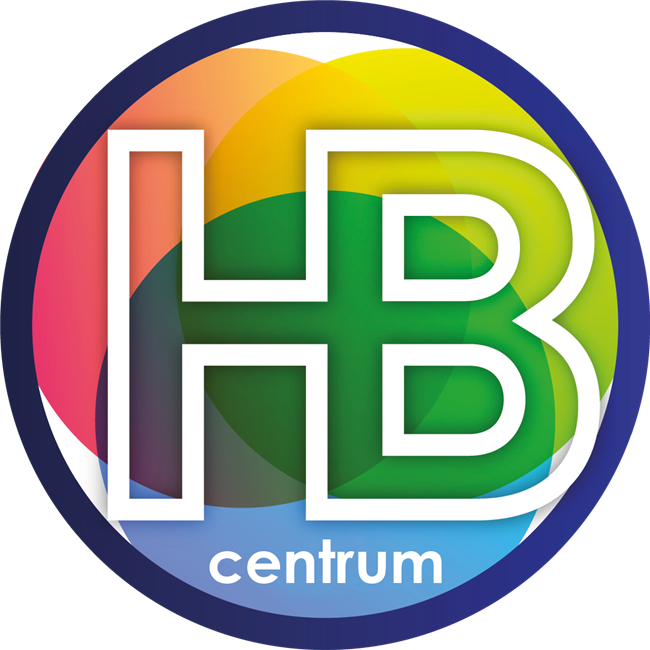 “I didn’t get invited to Julie’s party… I’m such a loser.”
“I didn’t get invited to Julie’s party… I’m such a loser.”
“I missed the bus… nothing ever goes my way.”
“My science teacher wants to see me… I must be in trouble.”
These are the thoughts of a high school student named James. You wouldn’t know it from his thoughts, but James is actually pretty popular and gets decent grades.
Unfortunately, in the face of adversity, James makes a common error; he falls into what I like to call “thought holes.” Thought holes, or cognitive distortions, are skewed perceptions of reality. They are negative interpretations of a situation based on poor assumptions. For James, thought holes cause intense emotional distress.
Here’s the thing, all kids blow things out of proportion or jump to conclusions at times, but consistently distorting reality is not innocuous. Studies show self-defeating thoughts (i.e., “I’m a loser”) can trigger self-defeating emotions (i.e., pain, anxiety, malaise) that, in turn, cause self-defeating actions (i.e., acting out, skipping school). Left unchecked, this tendency can also lead to more severe conditions, such as depression and anxiety.
Fortunately, in a few steps, we can teach teens how to fill in their thought holes. It’s time to ditch the idea of positive thinking and introduce the tool of accurate thinking. The lesson begins with an understanding of what causes inaccurate thinking in the first place.
We Create Our Own (Often Distorted) Reality
One person walks down a busy street and notices graffiti on the wall, dirt on the pavement and a couple fighting. Another person walks down the same street and notices a refreshing breeze, an ice cream cart and a smile from a stranger. We each absorb select scenes in our environment through which we interpret a situation. In essence, we create our own reality by that to which we give attention.
Why don’t we just interpret situations based on all of the information? It’s not possible; there are simply too many stimuli to process. In fact, the subconscious mind can absorb 20 million bits of information through the five senses in a mere second. Data is then filtered down so that the conscious mind focuses on only 7 to 40 bits. This is a mental shortcut.
Shortcuts keep us sane by preventing sensory overload. Shortcuts help us judge situations quickly. Shortcuts also, however, leave us vulnerable to errors in perception. Because we perceive reality based on a tiny sliver of information, if that information is unbalanced (e.g., ignores the positive and focuses on the negative), we are left with a skewed perception of reality, or a thought hole.
Eight Common Thought Holes
Not only are we susceptible to errors in thinking, but we also tend to make the same errors over and over again. Seminal work by psychologist Aaron Beck, often referred to as the father of cognitive therapy, and his former student, David Burns, uncovered several common thought holes as seen below.
Jumping to conclusions:judging a situation based on assumptions as opposed to definitive factsMental filtering: paying attention to the negative details in a situation while ignoring the positiveMagnifying: magnifying negative aspects in a situationMinimizing: minimizing positive aspects in a situationPersonalizing: assuming the blame for problems even when you are not primarily responsibleExternalizing: pushing the blame for problems onto others even when you are primarily responsibleOvergeneralizing: concluding that one bad incident will lead to a repeated pattern of defeatEmotional reasoning: assuming your negative emotions translate into reality, or confusing feelings with facts
Going from Distorted Thinking to Accurate Thinking
Once teens understand why they fall into thought holes and that several common ones exist, they are ready to start filling them in by trying a method developed by GoZen! called the 3Cs:
Check for common thought holes
Collect evidence to paint an accurate picture
Challenge the original thoughts
Let’s run through the 3Cs using James as an example. James was recently asked by his science teacher to chat after class. He immediately thought, “I must be in trouble,” and began to feel distressed. Using the 3Cs, James should first check to see if he had fallen into one of the common thought holes. Based on the list above, it seems he jumped to a conclusion.
James’s next step is to collect as much data or evidence as possible to create a more accurate picture of the situation. His evidence may look something like the following statements:
“I usually get good grades in science class.”
“Teachers sometimes ask you to chat after class when something is wrong.”
“I’ve never been in trouble before.”
“The science teacher didn’t seem upset when he asked me to chat.”
With all the evidence at hand, James can now challenge his original thought. The best (and most entertaining) way to do this is for James to have a debate with himself.
On one side is the James who believes he is in big trouble with his science teacher; on the other side is the James who believes that nothing is really wrong. James could use the evidence he collected to duke it out with himself! In the end, this type of self-disputation increases accurate thinking and improves emotional well-being.
Let’s teach our teens that thoughts, even distorted ones, affect their emotional well-being. Let’s teach them to forget positive thinking and try accurate thinking instead. Above all, let’s teach our teens that they have the power to choose their thoughts.
As the pioneering psychologist and philosopher, William James, once said, “The greatest weapon against stress is our ability to choose one thought over another.”